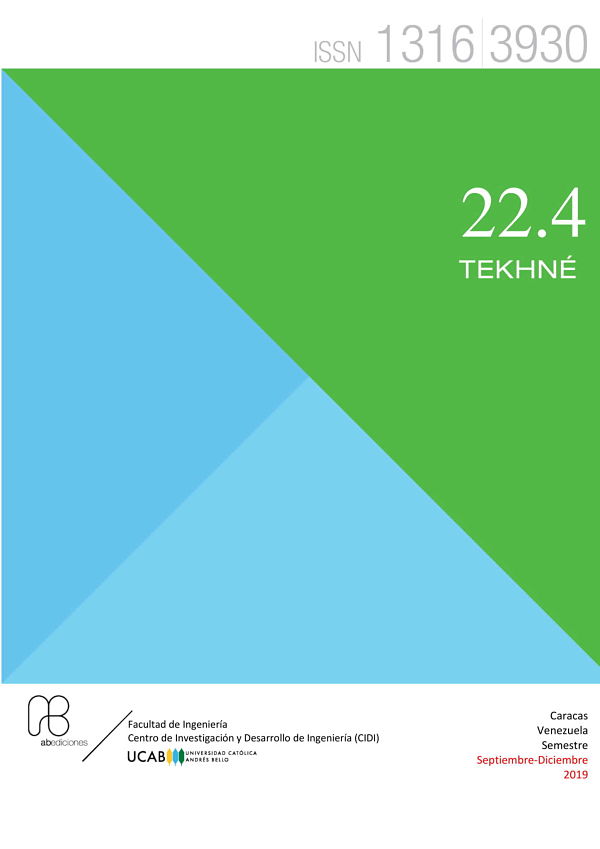The hidden landscape of the Sahara Desert and climate change. 2500 BC
El paisaje oculto del Desierto del Sahara y el cambio climático. 2500 AC
DOI:
https://doi.org/10.62876/tekhn.v22i4.4370Keywords:
Abstract
Observations of Google Earth images in an area in the south of Egypt, show on the current surface covered by sand, an x-ray that shows drainage patterns in the subsoil, the result of a mountainous relief cut by an irregular drainage, whose landscape must have be made up of forests and abundance of water. During the development of Egypt's civilization, in the period of the Old Egyptian Empire when the high pyramids were built on the Giza plateau, the climate must have been very different from the current harsh desert condition. Added to the above is the relief evidenced below the cover that corresponds to a humid landscape covered by forest vegetation in the present. Today, archaeological excavations are being carried out that are covered by sediments with characteristics different from the sandy mantle. The thickness of the sediments may be related to torrential rains where high flows must have been associated with a large contribution of materials from the instability of the slopes caused by saturation effects.
Likewise, the irregular relief on the eastern edge of the Guise plateau towards the Nile River may be related to a series of ravine channels that eroded the plateau, as a result of obstructions in drainages upstream, with overflow through the plateau, leading to the Nile river.
The knowledge of the disappearance of populated areas, in areas hidden in the subsoil and that today are of great interest for archaeological excavations, is related to climatic events, which acted in the past and continue to do so in the present. The intensity and periodicity of the events that controlled climate changes are visible in archaeological excavations. Heat, rain or cold constitute events that occur periodically every 100, 500 or 1000 years, whose research will allow us to analyze the problem of current climate change.




